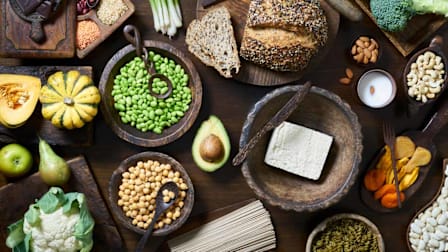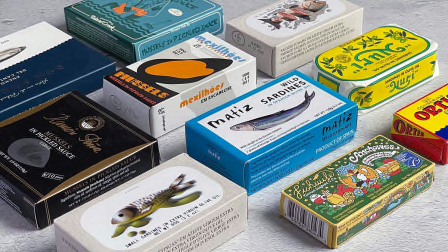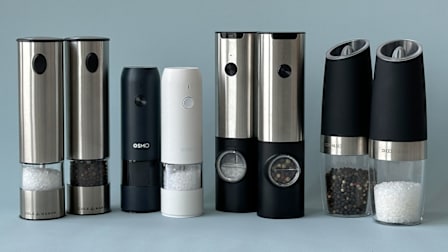New FDA Changes Could Lower Your Sodium Intake
Americans are eating too much of this mineral, and the government wants to help by reducing sodium levels in foods

Most Americans eat far too much sodium, with 90 percent exceeding the recommended maximum daily intake of 2,300 milligrams. Because excess sodium intake is linked to high blood pressure, which can increase the risk for heart disease and stroke, the Food and Drug Administration today announced new short-term “voluntary sodium reduction goals” for processed, packaged, and restaurant foods, which are responsible for more than 70 percent of overall sodium intake.
If manufacturers follow this guidance and modestly reduce the amount of sodium in a wide variety of foods over the next 2 1/2 years, it could reduce American’s average sodium intake from current levels of over 3,400 mg per day to 3,000 mg per day, according to the FDA. While that’s above the recommended maximum intake, it’s intended to be a gradual first step, according to Susan Mayne, director of the FDA’s Center for Food Safety and Applied Nutrition, speaking at a press conference today announcing the voluntary goals. “We recognize that it is still too high, it is way over the recommended limit across all age groups, so there will need to be subsequent iterations to continue to reduce to get to a healthier food supply,” Mayne said.
Right now, people trying to make healthier choices need to compare different product labels, trying to figure out which ones have the lowest sodium content. “I try to do this myself, it’s hard, and you don’t always find what you’re looking for,” said acting FDA Commissioner Janet Woodcock, MD, at this morning’s press conference. “For those many Americans who are trying to have a healthier diet and eat healthier food, this should help because it will get the whole food supply to get less sodium, rather than having them pick and choose,” she said.
Hold the Salt
One of the things that makes it so hard reduce sodium intake is that even foods that people don’t think of as salty are hidden sources of sodium, Woodcock said.
“Who would think bread? But bread is one of the highest sources of sodium that people are getting,” she said. “The problem is that it’s cumulative. Everything, the tomato sauce, the cheese, the bread, the salad dressing—pretty soon your whole meal has hidden sodium in it. It’s really hard right now for people to manage that on their own.”
To develop the recommended guidelines, the FDA looked at the average amount of sodium from a 2010 baseline in 100 grams or 3 ½ ounces of 163 different categories of foods that are known to contribute to sodium intake, and recommended a reduced average level of sodium for that food.
For example, the average baseline amount of sodium in 3 ½ ounces of instant cereal like oatmeal is currently 576 mg, the voluntary guidelines suggest getting that down to 470 mg. The baseline amount of sodium in 3 ½ ounces of some types of white bread, including ciabatta and focaccia, is 522 mg. The goal according to the guidelines would be an average of 430 mg. For sausage that’s sold uncooked, the baseline is is 668 mg in 3 ½ ounces and the recommended target is 610 mg.
If manufacturers do adopt the short term guidelines, it could help consumers’ health.
“If we can reduce the sodium in frequently consumed foods, many with hidden sodium, that can really help consumers reduce their sodium intake,” she said.




















